CASHMERE
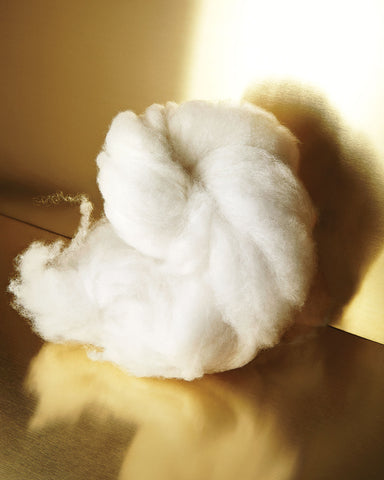
Most cashmere comes from goats in the Gobi Desert, which stretches from Northern China into Mongolia. Beneath the animals’ coarse hair lies an undercoat of superfine fibers concentrated on the underbelly. In May and June, when the goats molt, local workers comb the belly hair, sort it by hand, and send it to a dehairing facility (usually in China) to be cleaned and refined. Then it’s baled and delivered to Europe, where it’s spun into fine yarn and sold to designers for roughly $114 a pound. With adequate supplies of top-notch raw materials becoming scarce in Asia, Afghanistan has become an unlikely exporter: The country is rich in unadulterated product. As China increasingly blends different qualities of cashmere to achieve volume, Afghan goat farmers are filling the demand for completely pure knits.
The Cashmere Goat
Origin: Northern China, Mongolia, Afghanistan
Average weight: females, 88 lbs.; males, 132 lbs.
Typical yield of fiber from one goat: 180g to 250g (6 oz. to 9 oz.)
Buying Tips
1. Check the Weight
A garment made of two plies, meaning it was knitted from double strands of yarn, or more, will often be longer-lasting. The heavier the sweater, the warmer (and more expensive) it will be.
2. Beware of Pilling
Premium cashmere is made from the long hairs of goats—and it’s combed, never sheared. Shearing yields shorter fibers that are prone to pilling. Before you buy, rub the surface of a garment with the palm of your hand and see if fibers begin to roll up and/or shed. This is an indication that there’s excess short-fiber content.
3. Look for a Tight Knit
Durable cashmere is tightly woven. If the construction feels loose, the garment will lose its shape quickly. Gauge quality by holding a piece up to the light—if you can see through, it probably won’t be wearable for longer than a season.
4. Consider the Color
Heavily dyed fiber loses some of its softness. Chinese white from Inner Mongolia is regarded as the finest-quality cashmere because it’s not subjected to coloring or bleach. Outer Mongolia is developing a niche in natural cashmere in camel and brown hues.
5. Read the Label
A garment labeled 70 percent cashmere/30 percent wool frequently contains no more than 5 percent cashmere. The U.S. Federal Trade Commission mandates only pure cashmere sweaters can be labeled “100 Percent Cashmere.” If that’s not indicated on the garment, move along.
How to Wash It
Step-by-step guidance
-
Launder cashmere at home, always inside out. Washing adds moisture back to the fabric; dry cleaning stiffens it.
-
Use the delicate cycle. Two teaspoons of The Laundress Wool & Cashmere Shampoo is enough.
-
Put your garment in the dryer for five minutes on the coolest setting. Then spread it on a flat towel to air dry.
-
Never hang anything made of cashmere. Hangers will stretch the fibers.








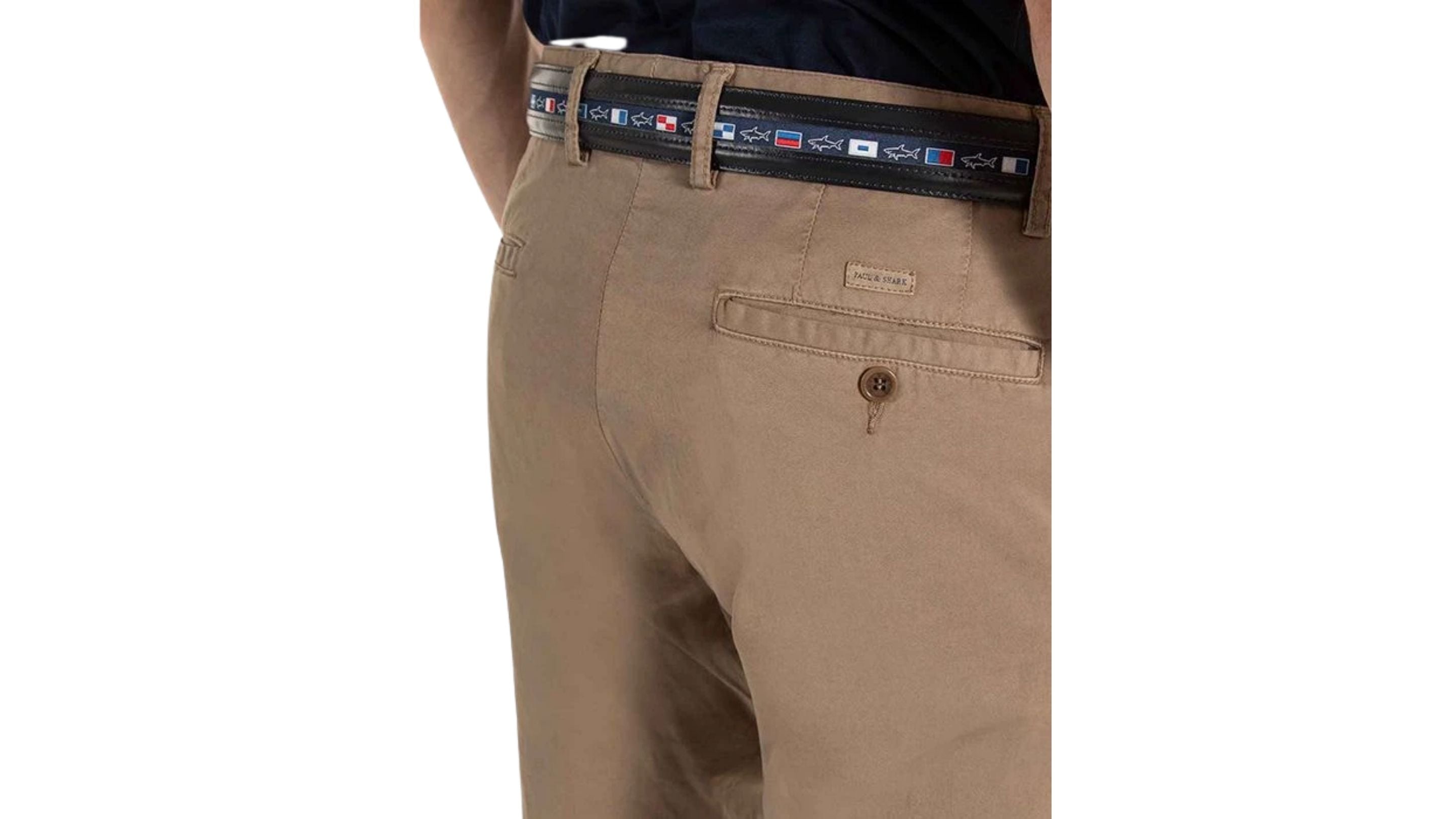
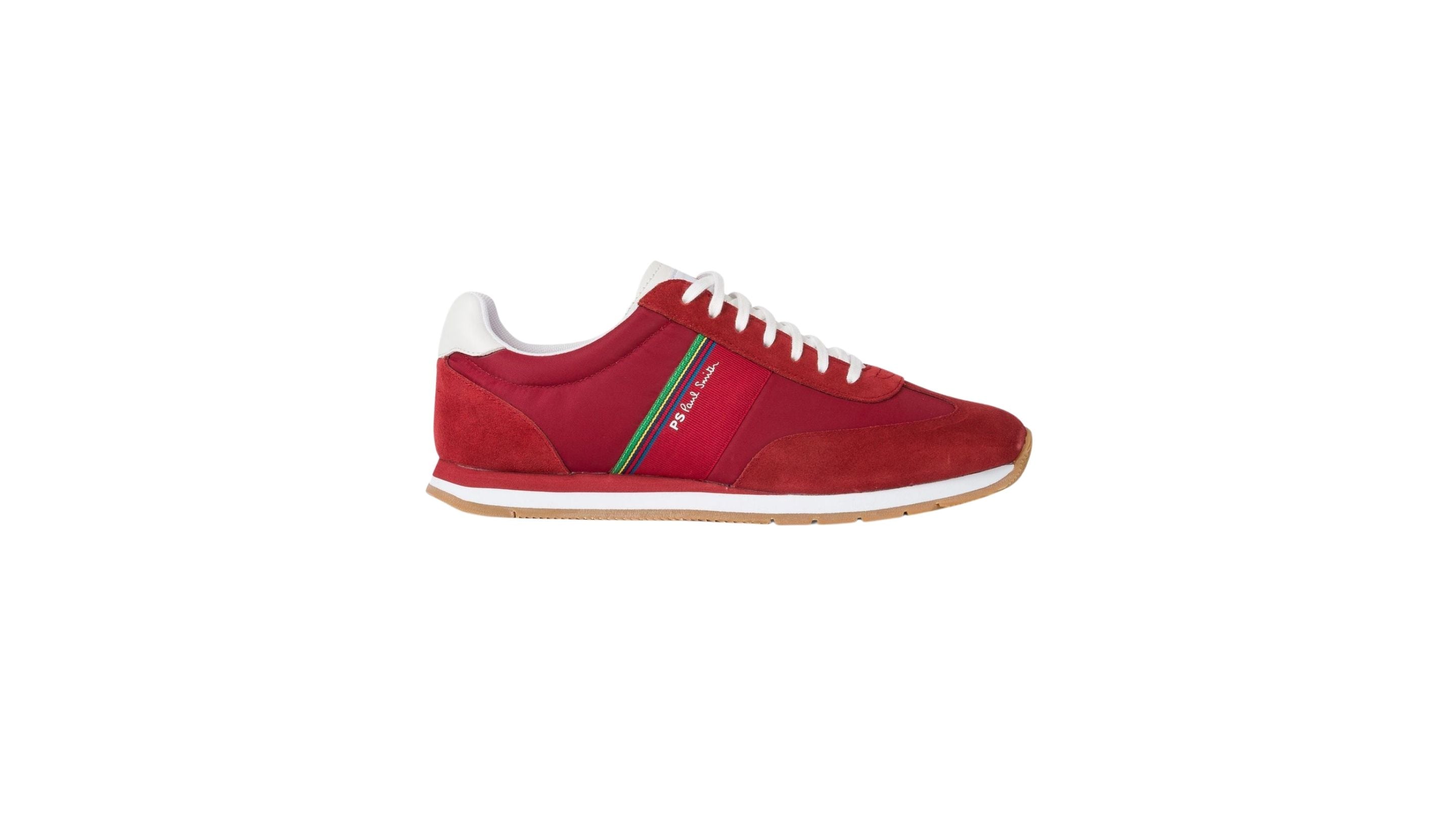

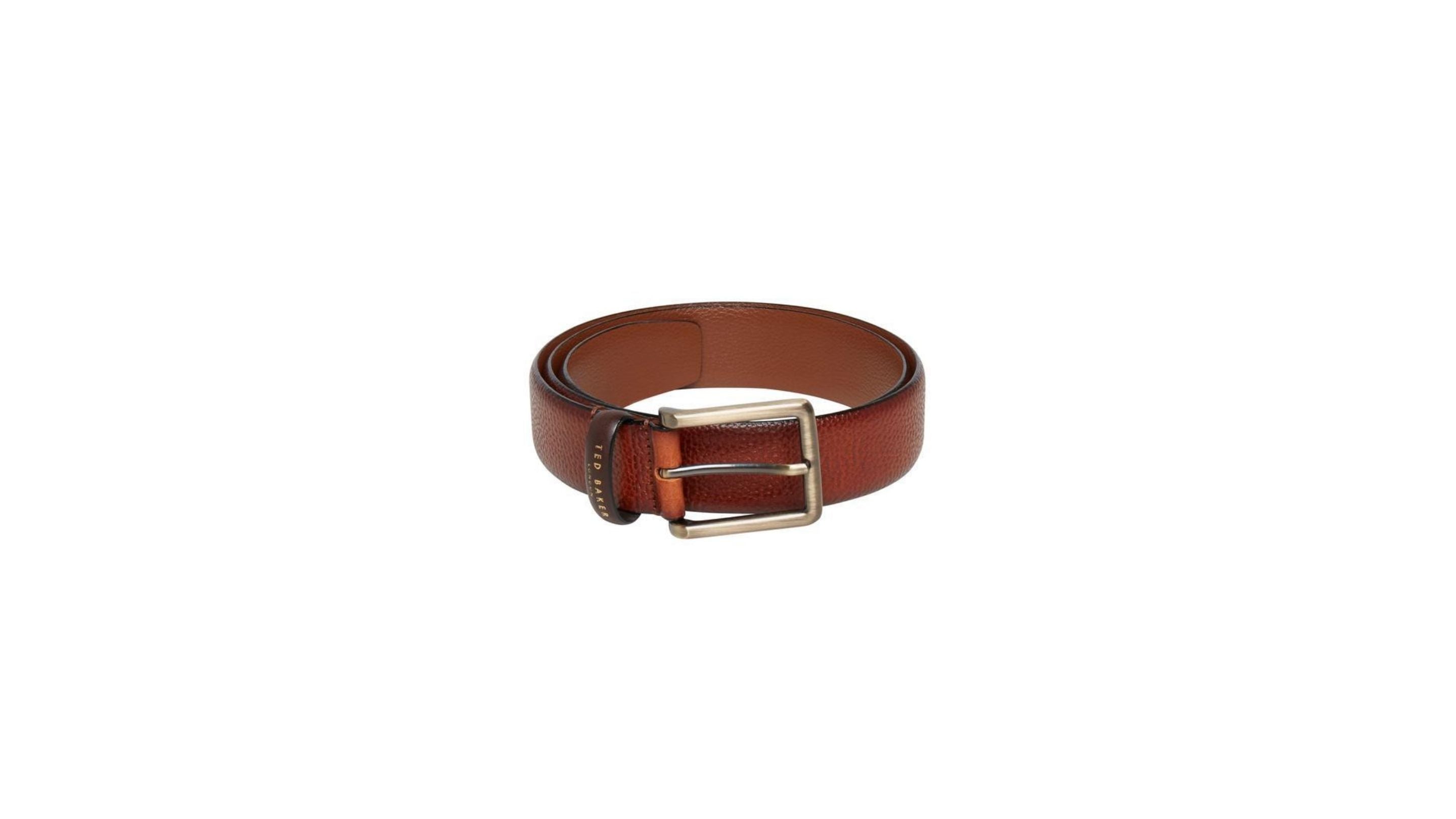
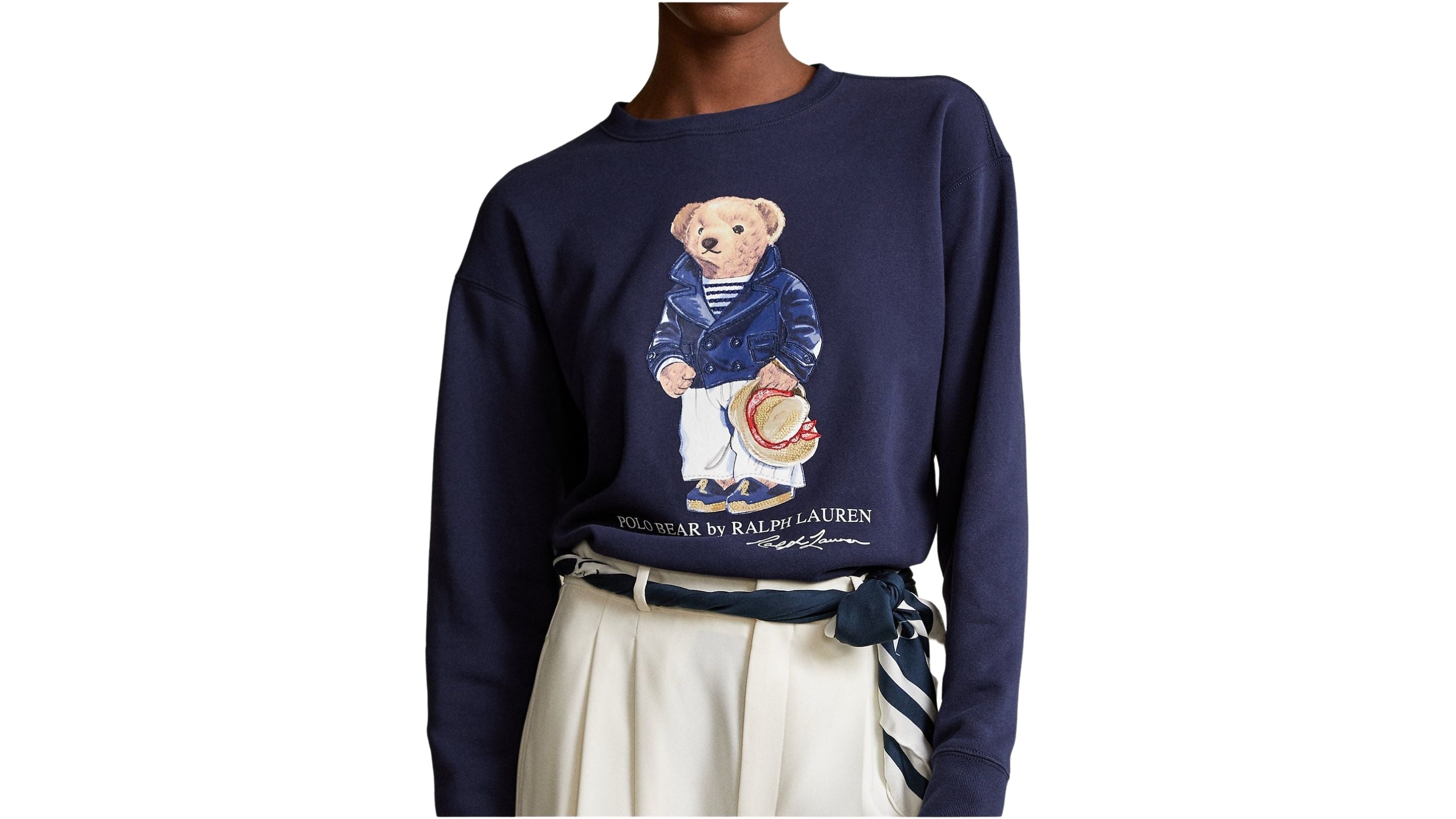
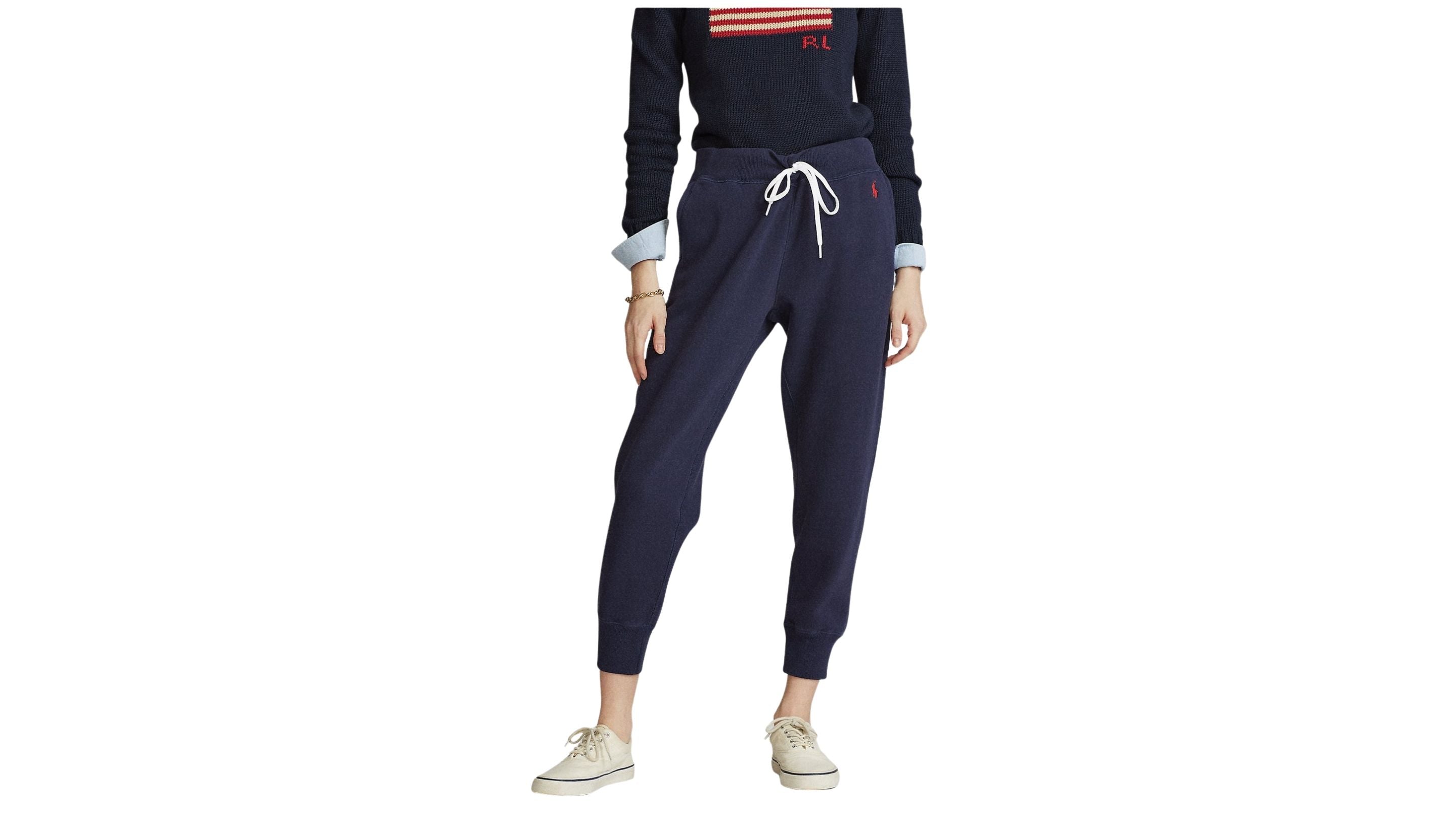
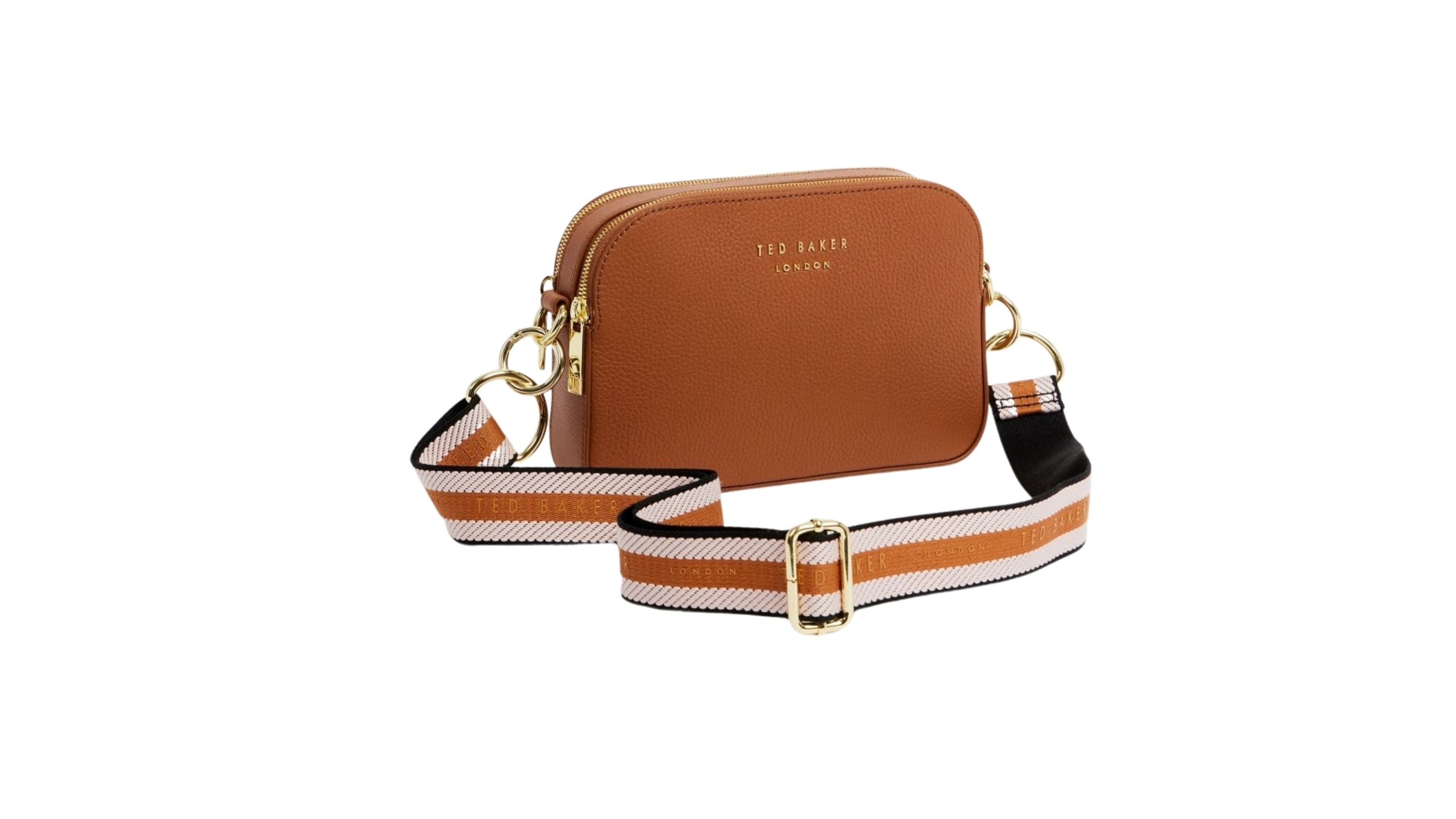

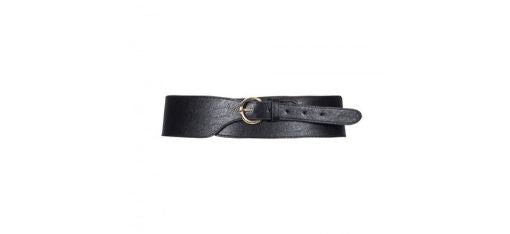
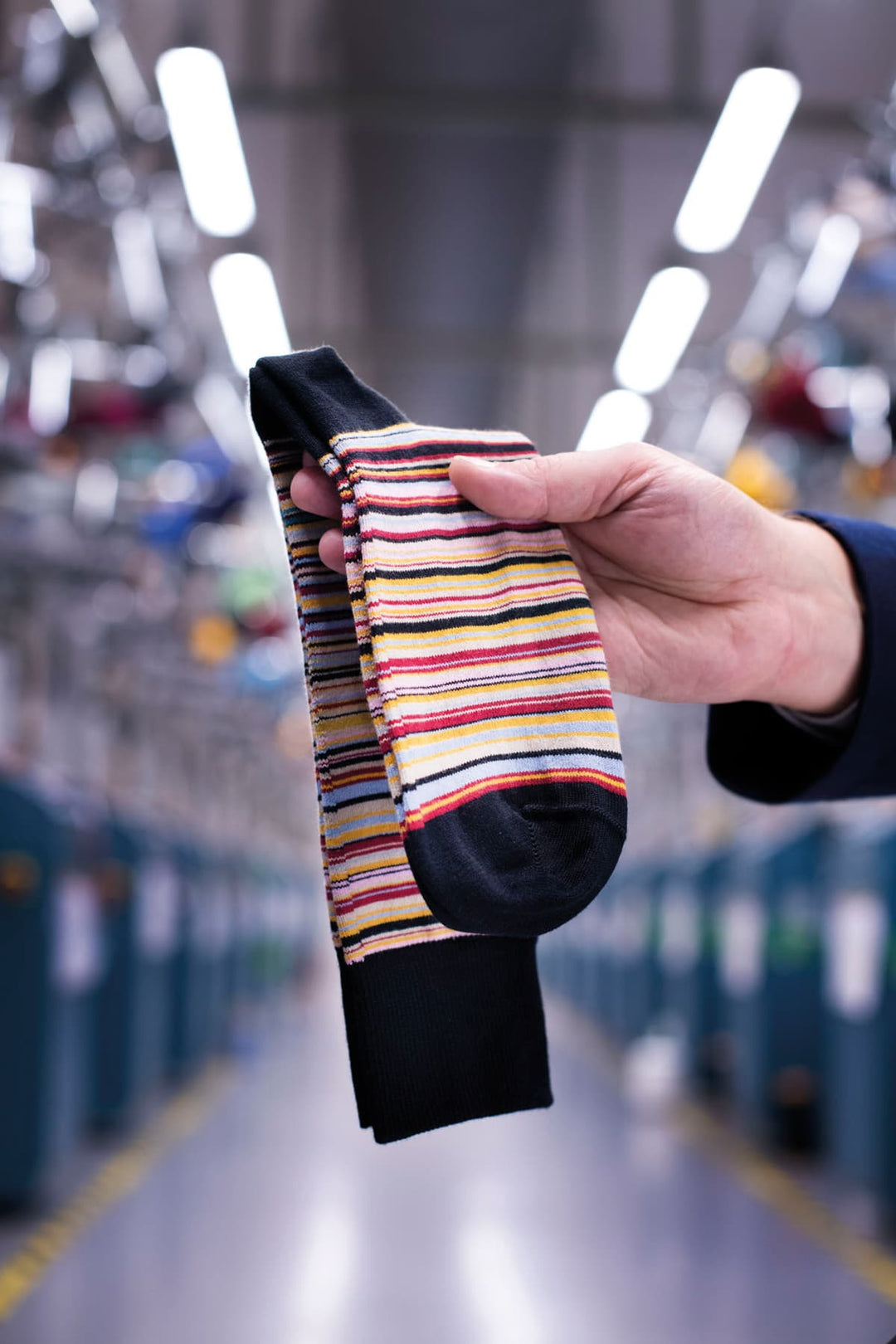



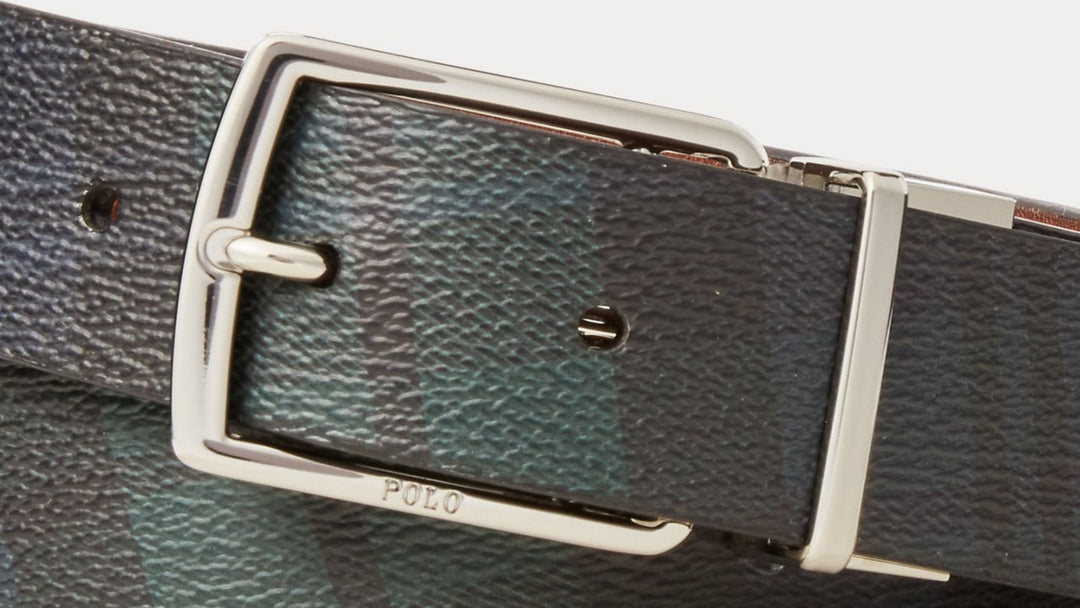
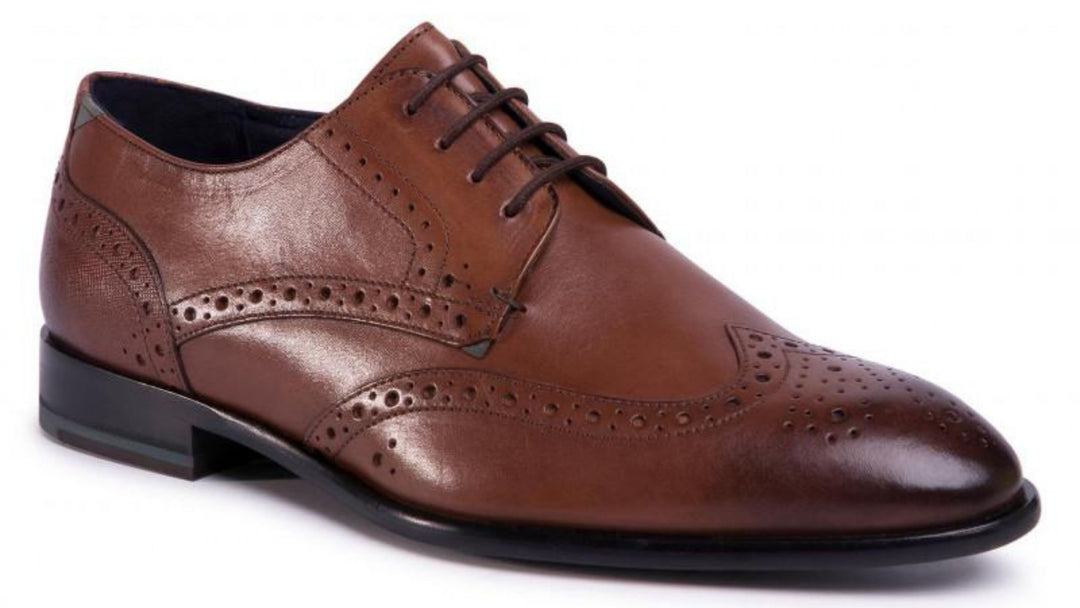
Lascia un commento